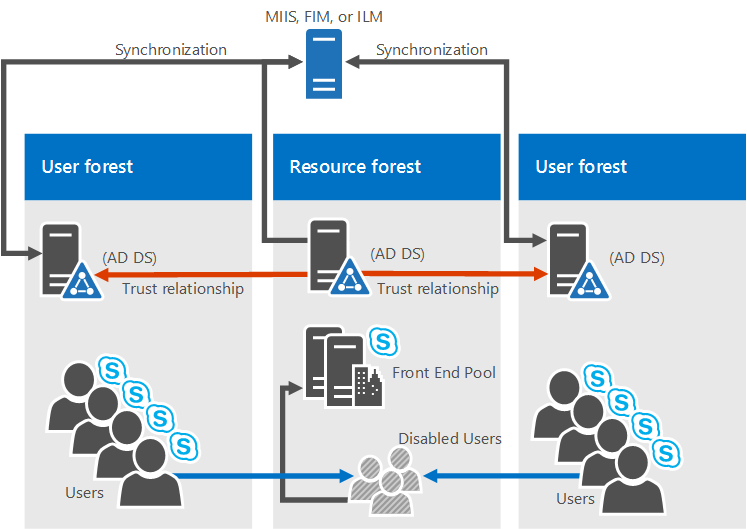Skype For Business Mac Kerberos Authentication


Skype for Business for MacUpdated: April 4, 2019 Latest issues added or updated.Server updateWithout or, Skype for Business on Mac requires Mobility enablement on the server side. After updating to builds 9317.272 or 8309.973 or later, Mobility enablement will no longer be required.You can download these updates at and.You can also find more information at.
Known issuesIssueCommentOutlook integrationRequirements for Skype for Business and Outlook integration on Mac:.Mac Outlook version 15.28 or later is required.Skype for Business must be running.Same user account needs to be signed into Outlook and Skype for Business.Troubleshooting Outlook integration in case Contacts don’t show presence, online meetings fail to schedule, or there is no dial-in information in meeting invitation:.Ensure the user account is the same in Outlook and Skype for Business.Restart Outlook.Reinstall Skype for Business on Mac.Perform clean uninstall of Lync 2011. See for more information.Ensure Skype for Business is running and signed in.Can’t see users’ Skype for Business presence in Outlook 2016 for MacIf you have Lync for Mac 2011 installed on the same Mac device, Lync for Mac might have changed the configuration. Recommend that you reinstall Skype for Business on Mac.Can't search Skype directorySkype for Business on Mac users can't search the Skype directory, although you've this functionality for your organization. However, Skype for Business on Mac users can communicate with Skype users if they know the Skype user's Microsoft account. Adsr sample manager. SeeSide-by-side installationSide-by-side installation of Skype for Business and Lync is not supported on Mac. We recommend that you perform a clean uninstall of Lync for Mac 2011 prior to installing Skype for Business.Cannot sign in to Skype for BusinessSome Lync profiles might be different from Skype for Business on Mac profiles and can cause a discrepancy.
Create a Kerberos authentication account in Skype for Business. Abstract: This short howto explains the needed steps to configure a computer objects to provide Kerberos authentication for an Skype for Business environment. At the time of this writing Microsoft didn´t released an article for enabling Kerberos on Skype for Business (SfB). Make sure 'Use Kerberos' is not selected. Enter sipdir.online.lync.com:443 in both the Internal and External server names. Click OK to return to.
See for more information.Mobility Policy requiredWith the release of and, we will support Skype for Business on Mac as a desktop application. Upgrade microsoft office for mac 2008 to 2011. This means that having a mobility policy assigned to Mac users will not be required. Until these server updates, Mobility enablement on the server side is required.Meeting invitations only display a single dial-in numberFix: Update to Outlook 2016 for Mac build 15.32 or later.Single/tabbed window experience not availableBy default, if your topology meets the following requirements, all conversations will be shown in a single/tabbed window. However, there are cases when the client can’t detect if server-side conversation history is enabled and it will not default to single window view. This can be remedied by updating settings in Preferences.Requirements for single/tabbed window experience:.Skype for Business Online or Skype for Business Server 2015.Server-side conversation history enabled.Troubleshooting if single window mode is not available, check the following:.Preferences General Show chats in separate pop-up windows is unchecked.
(In app versions prior to 16.25, this setting is named Show conversation in separate windows.)Adding a distribution group that has more than 100 contacts will result to 100 contacts onlyWorkaround: To view the full member list of distribution group, use Outlook to expand the group.Skype for Business on Mac fails to sign-in(Skype for Business Server Online, Exchange Server Online, Identity managed on-premises with ADFS 3.0 and WIA authentication enabled for wiasupporteduseragents-Mozilla/5.0)Workaround:.Remove “Mozilla/5.0” from the WIASupportedUserAgents parameter in AdfsProperties. Essentially, you will need to:.Run Get-AdfsProperties select wiasupporteduseragents and get the output.Then remove only “Mozilla/5.0” from the output.Then run Set-AdfsProperties -WIASupportedUserAgents with the output from step b.Revert back to using Lync for Mac 2011.